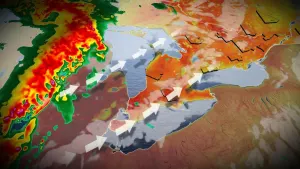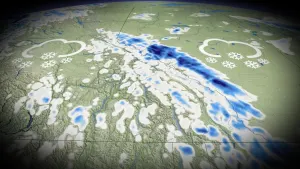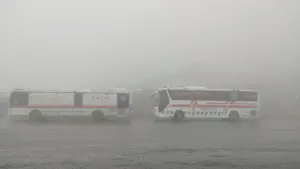
Mind the bumps: Pothole season has arrived
It's that time of year in Canada.
You're driving along in a car when you feel an unmistakable jolt.
You've hit a pothole. It's a common occurrence across Canada in the winter and spring, due to numerous freeze-thaw cycles.
When water freezes it expands and takes up more space, causing the pavement around it to expand, while causing holes and cracks beneath the surface.
When the ice melts the pavement contracts and water gets trapped inside the holes, weakening the integrity of the road.
It eventually gives way in the form of a pothole after enough heavy cars and trucks have driven over vulnerable spots.
OH NO! MY CAR!
If your car sustains damages from a pothole, Raymond Chan of CAA South Central Ontario says the first step is to make sure you're a safe distance from oncoming traffic before exiting your vehicle and assessing the damage.
If the car is inoperable, call for roadside assistance.
Don't forget to check your city or town's website to see if it will cover the repairs.
"A lot of municipalities offer a program where you can submit for reimbursement to the municipality should there be any [pothole-related] issues," he says.
If you have potholes in your area, contact city officials and be patient, because winter and spring weather can delay road repairs.
Potholes need to be fairly dry to be patched up, and freezing temperatures can make the process difficult because asphalt needs to be hot to when it's applied to the road.









